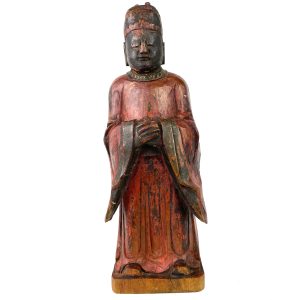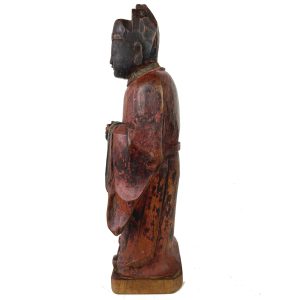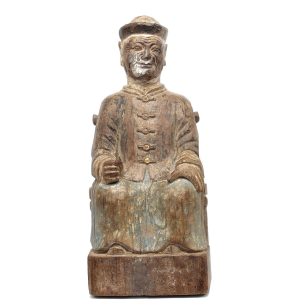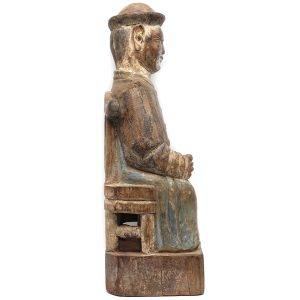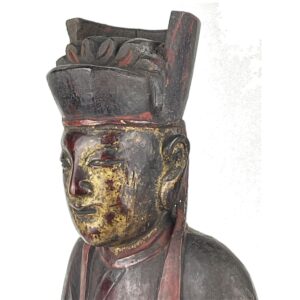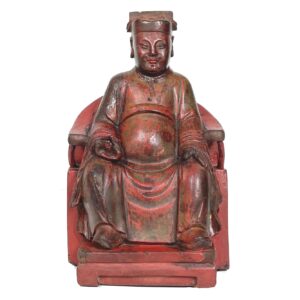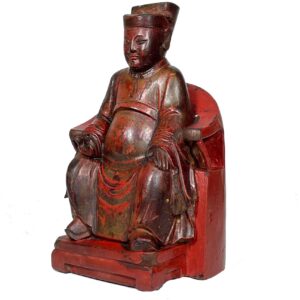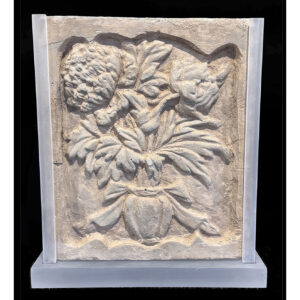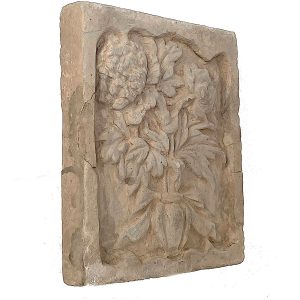Antique Carved Standing Ancestor Official, China (18017)
Original price was: $425.00.$250.00Current price is: $250.00.Ht: 8.25″ W: 3″ D: 2.125″ | FREE SHIPPING IN CONTINENTAL US
Ancestor figure portrayed as a civilian official standing on a rectangular base with hands together wearing a long civil official’s robe that extends to his shoes.

